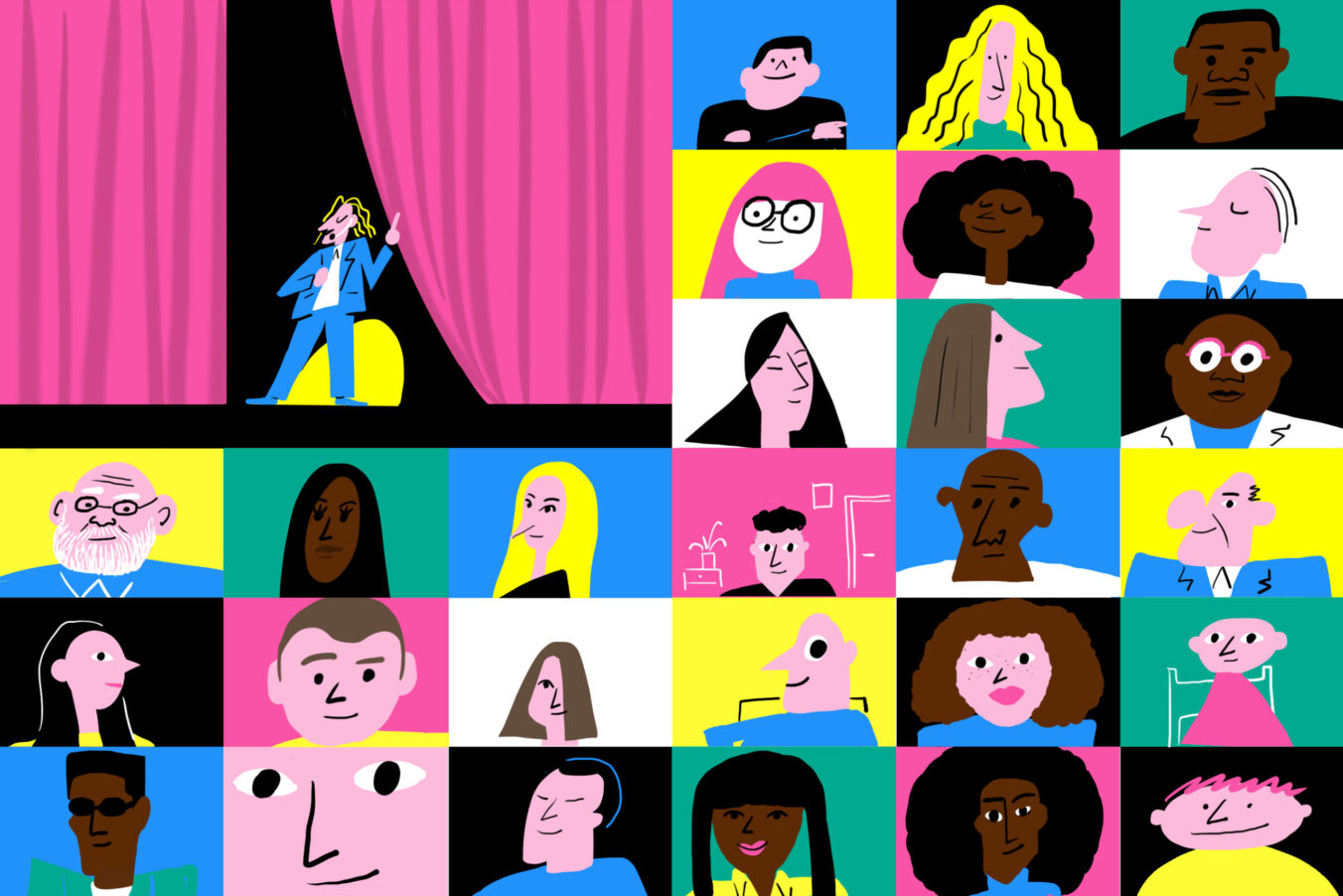Quick-serve restaurant marketing relies on running a high volume of unique campaigns on a monthly or even weekly basis. From loyalty programs to new menu items or seasonal promotions (looking at you, iced matcha latteccino!), all these campaigns need their own, unique look and feel. Throw in personalization and audience-based messaging, and the volume of content to keep a QSR brand afloat quickly multiplies.
Let’s explore some of the ways QSRs can manage and scale their audience-based creative assets without breaking the proverbial production bank and how automation can help with the process.
Building loyalty through digital creative
Loyalty and CRM marketing is an effective lever for quick-serve restaurants to drive repeat visits to restaurants and online orders. How do you plan and execute creative that takes into account different customer preferences, regional offers, as well as formats and channels?
Plan your loyalty use cases and channels: map out the different types of narratives and approaches you’re running for loyalty marketing: e.g. birthday offers, members-only promotions, discounts with points, and so on. Organize your channels and formats by listing the sizes and formats needed across owned and paid: social media, email graphics, etc.
Templatize creative with Creative Automation: create flexible templates for each of your use cases that can be easily toggled for different types of loyalty campaigns: with Creative Automation, you can organize your content variables (ie. product images, offer copy, pricing, CTAs) into content feeds and then connect those with design templates to automatically scale across 100s to even 1000s of assets. Sizes and channels are built into Celtra, so you don’t need to create each asset from scratch.
Scaling messaging for in-app orders
Driving orders and revenue through an app? Chances are that your paid and customer acquisition team keeps coming back for fresh assets to keep performance up. Here are some of the most common use cases for automating app acquisition campaigns:
Acquiring new app users: for this segment, consider templatizing offer-driven campaigns that incentivize app downloads. Try running different types of new customer offers from discounts to free products. For each promotion type, you should design a unique visual approach that, just like loyalty templates mentioned previously, can be tweaked and changed based on real-time learnings.
Reactivating current users: getting people to download an app is only half of the battle, getting them to actually come back as repeat customers is a whole other hill to climb. Finding a way to personalize the experience based on order history or regional offers requires a level of automation: by connecting your user behavior data to trigger certain creative templates, you’ll have a higher chance of showing them the most lucrative menu item or offer to get them to go back.
Producing QSR content with automation
Audience-based messaging inherently calls for restaurant brands to scale their production volume without compromising on brand voice and integrity. Manually, this can be expensive and tough to execute. With Creative Automation, running template-based creative is anything but repetitive. Your internal teams or external agency partners can quickly set up unique, on-brand templates for limitless amounts of campaigns: whether you’re supporting individual franchisees or empowering local marketing teams, you need a cloud-based workflow to scale and distribute QSR content.
With Creative Automation, creating all the assets needed for campaigns such as new menu item launches, personalization, localization, and loyalty, as well as driving traffic to restaurants and in-app orders becomes 2x faster compared to manual production.
Get in touch with us here to discuss your QSR brand’s marketing content needs.

